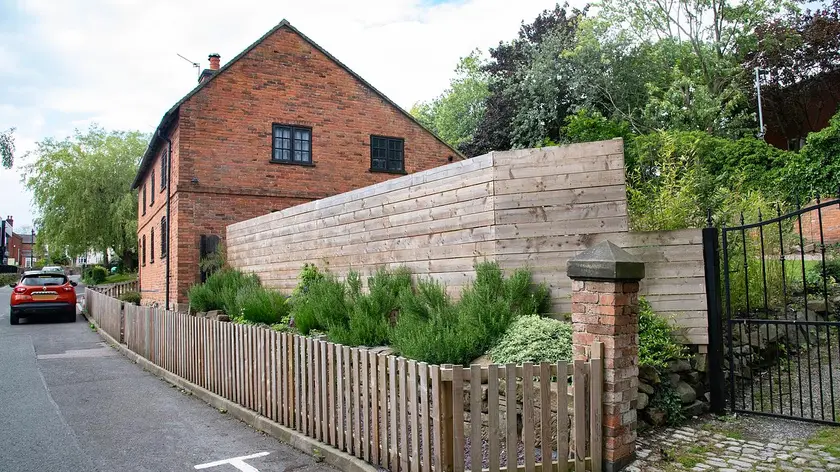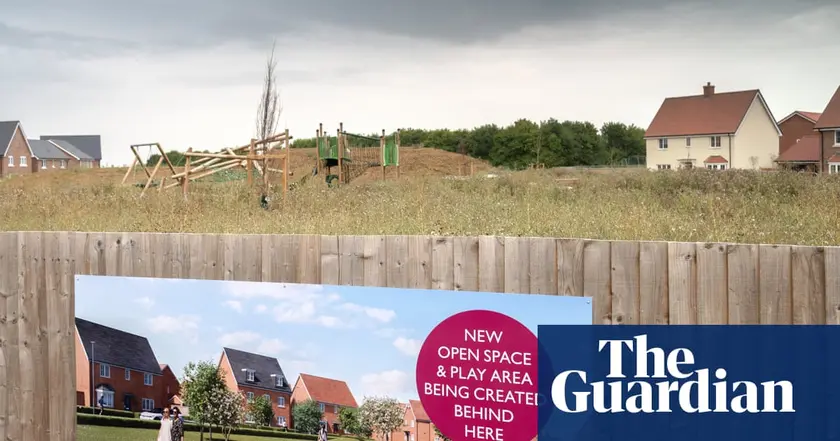T4K3.news
Privacy fence case ends with council ruling
A Derbyshire couple must lower an eight-foot fence around a Grade II listed home and plant hedging after a planning dispute with the council.

A Derbyshire couple lose their bid to keep an eight-foot fence around a Grade II listed cottage and must lower it while adding hedging.
Privacy fence clash ends in council ruling lowering height
A Derbyshire couple built an eight-foot fence along the side boundary of Fennel Cottage in Mickleover in November 2022 to restore privacy and curb litter from a nearby Tesco. The fence was not covered by planning permission because it sits on land associated with a Grade II listed building. After complaints from neighbours, Derby City Council refused retrospective planning permission and the couple appealed, a process that culminated in 2023 with the appeal being dismissed. Planners described the fence as a harsh and incongruous feature that was excessively tall and bulky for the street scene, and they argued it harmed the character of the listed property.
After a prolonged dispute, a compromise emerged. The owners must lower the fence by five panels — about two feet — and plant hedging in front of it to soften the boundary and help it blend with the street. The Planning Inspectorate noted that solid fencing along the front boundary detracted from the building’s setting, and the council aims to remove the fence by agreement, with formal enforcement powers available if needed. No fines were issued. Neighbours were divided: some praised the clearer garden and tidier streets, while others argued the decision underscored an overbearing regulatory approach that curbs private privacy.
Key Takeaways
"It is so sad, we felt we had done everything right and by the book"
Couple expressing disappointment with the outcome
"What it has done is make a mockery of our planning system"
Owner criticizing the planning process
"They've done a fabulous job. The council need to get a grip"
Local resident praising the cleanup and seeking balance
"The garden was such a state when we moved and that clearing it and making it liveable was a priority"
Owner explaining motive for renovation
The case exposes a friction that many neighborhoods feel: the need for privacy against the duty to preserve historic streetscapes. It also shows how homeowners can be drawn into a drawn-out process when the rules about listed properties are not initially clear to them, especially for features like fences that sit beyond the building itself. The softening remedy—hedging in front of the fence—signals a preference for a middle ground that protects heritage while acknowledging modern living needs. The episode underscores the cost and time drain of planning disputes for residents and for local authorities, and it raises questions about how strictly rules should be enforced when community standards and home life are at stake.
Looking ahead, the outcome may push more owners to seek guidance upfront for boundary structures on listed homes and encourage councils to offer clearer routes for retrospective changes. It also highlights a broader cultural moment where privacy, aesthetics, and citizen expectations collide in dense, mixed-use neighborhoods. The balance of public interest with private life remains delicate, and this case could become a reference point for how soft landscaping can reconcile history with everyday living.
Highlights
- Privacy should not come at the cost of a historic streetscape
- Rules exist to protect places people love
- A hedge is not a weapon in a planning war
- A garden once hidden now tells a story of care
Heritage planning dispute risks public backlash
The case touches on budget and public reaction to how listed properties are managed. It could fuel broader debate on planning processes and fairness in enforcement. The dispute highlights potential political sensitivity around homeowners' rights and council oversight.
The line between privacy and preservation will keep shaping how homes fit into historic streets.
Enjoyed this? Let your friends know!
Related News

Council orders demolition of controversial summer house

Man ordered to demolish illegal man cave after tree removal

New homes in England lack essential community facilities

Supreme Court decision changes pornography regulations

Police officer wins £9,300 in Google privacy case

Voting Rights Act faces pivotal legal challenges

UK lenders see shares jump after court ruling

McGregor eyes presidential bid
